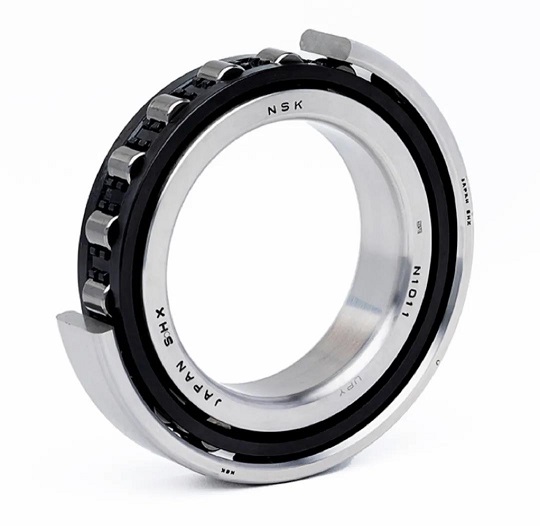Concept and application of cryogenic bearings
Today we will introduce the low temperature bearing in detail. Low-temperature NSK bearings are not the bearings that run stably in high-temperature environments corresponding to high-temperature bearings, but refer to the design of special materials and structures to reduce the friction coefficient, thereby reducing friction and heating, so that the bearing can still maintain low temperature during long-term operation .
Low-temperature bearings are not the bearings that run stably in high-temperature environments corresponding to high-temperature bearings, but refer to the design of special materials and structures to reduce the friction coefficient, thereby reducing friction and heating, so that the bearing can still maintain low temperature during long-term operation . The world's leading bearing brands all use bearing operating temperature as an important indicator. Therefore, the operating temperature of low-temperature bearings reflects the material technology and processing level of bearing processing. The measurement is mainly based on the temperature difference between the outer ring of the bearing and the injected cooling oil during operation.
Lower operating temperature means longer bearing life and higher performance. The world-renowned bearing manufacturers, relying on their respective advantages, are trying to obtain the comparative advantages of cryogenic bearings in many fields. Take Timken spherical roller bearings as an example. After rigorous testing, the operating temperature of this company's products is lower than similar products in the market, about 15.5 degrees Celsius, while other internationally renowned brands are above 19 degrees Celsius. Commonly used low-temperature bearings are mostly single-row deep groove ball bearings and cylindrical roller bearings.

For the bearing stuck at low temperature, the external factor is the change of temperature, and the internal factor is the different thermal expansion coefficients of the shaft, frame and material. When the temperature range is large, the shrinkage rate of different materials is different, causing the gap to become smaller and jam. Therefore, for equipment with a wide range of work, including equipment used at low temperatures, it is necessary to calculate the expansion coefficient of the material, and at the same time try to use materials with similar expansion coefficients, the effect will be better.
In addition, in the structural design, try to avoid using a tapered roller bearing at each end of the shaft. With this structure, the longer the distance between the two bearings, the greater the possibility of jamming. If one end of the shaft is equipped with a pair of tapered bearings, as the positioning of the shaft, the axial movement of the shaft is constrained. The other end of the shaft is used with the rolling bearing to limit only the radial force. The axial temperature can follow the axial temperature. Axial movement within a certain range.

